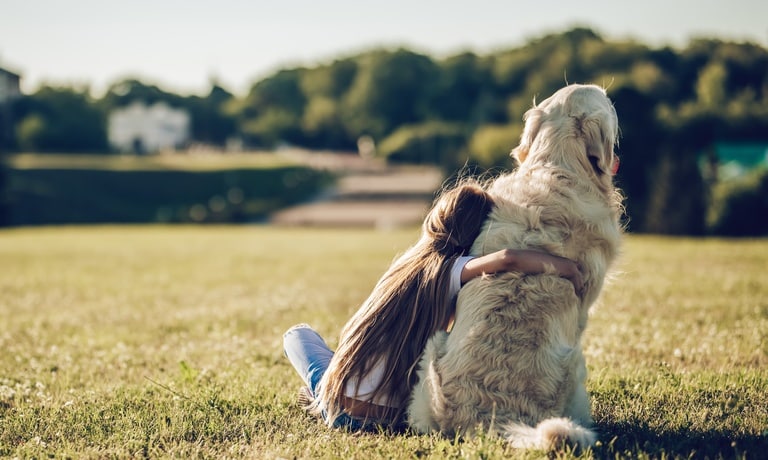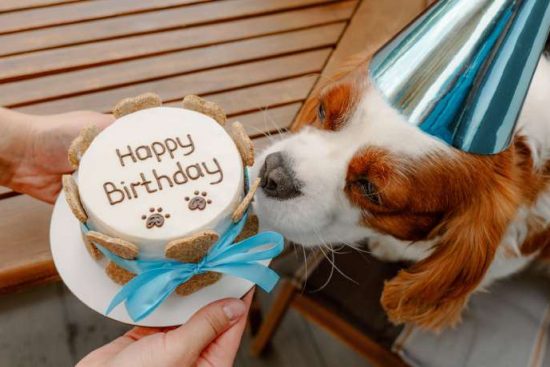
Large dogs can become loyal protectors and affectionate companions, but their size adds a layer of responsibility when children are involved. Parents need to balance training, safety, and emotional connection from the start.
Each breed brings different energy levels, personalities, and needs, which can influence the way families interact with their pets. With a plan and the right approach, large breeds and kids can thrive together under one roof.
Start Training Early and Keep It Consistent
Training a large dog requires more than basic commands—it builds the foundation for how that dog behaves as it grows. Every month without structure increases the chance of misbehavior once the dog’s size becomes harder to manage. Teaching rules from day one keeps control in the hands of the owner.
Kids who participate in training sessions create trust between themselves and the dog. Dogs learn to respect smaller voices when those voices become part of their daily structure. One of the most important tips for raising a large dog breed with kids involves starting training before the size becomes intimidating.
Choose the Right Breed for Your Family
Each breed has traits that make it either more or less compatible with families. Some large dogs, like Boerboels, offer calm temperaments and natural loyalty, making them better suited for homes with children. Starting with a Boerboel puppy gives parents the chance to shape behavior before the dog gains full strength.
Training becomes easier when the dog bonds early with young family members. Breeds like Boerboels need exercise, space, and mental stimulation to prevent boredom or tension. When paired with proper training, those needs turn into positive routines that benefit both the kids and the dog.
Teach Kids How To Interact Respectfully
Another one of the key tips for raising a large dog breed with kids involves preparing the children—not just training the dog. Children often treat dogs like toys unless adults guide them.
Teaching kids how to read a dog’s body language and offer respectful space protects everyone involved. Actions like grabbing ears or leaning on the dog can feel threatening and increase the chance of an avoidable reaction.
Kids who understand boundaries create a calmer, safer home for pets and people. Parents who model calm behavior around the dog set the tone for how their children should interact.
Prioritize Supervised Exercise and Downtime
Large dogs often look for ways to burn energy, and kids can become natural play partners. Activities like fetch, tug-of-war, or gentle hikes give both the dog and child time to bond without becoming overstimulated. Daily movement prevents behavioral issues and channels energy into healthy routines.
Downtime matters just as much. Dogs need quiet places to rest, especially after high-energy play with kids. A dedicated corner or crate signals when rest time begins, helping dogs decompress and stay balanced.
Raising a large dog alongside kids calls for planning, patience, and daily involvement. When parents guide both their children and their dogs with structure and calm, everyone benefits. Early habits can become lifelong bonds that protect and strengthen the household. A well-trained dog grows into a steady companion—and kids grow up more confident because of it.





